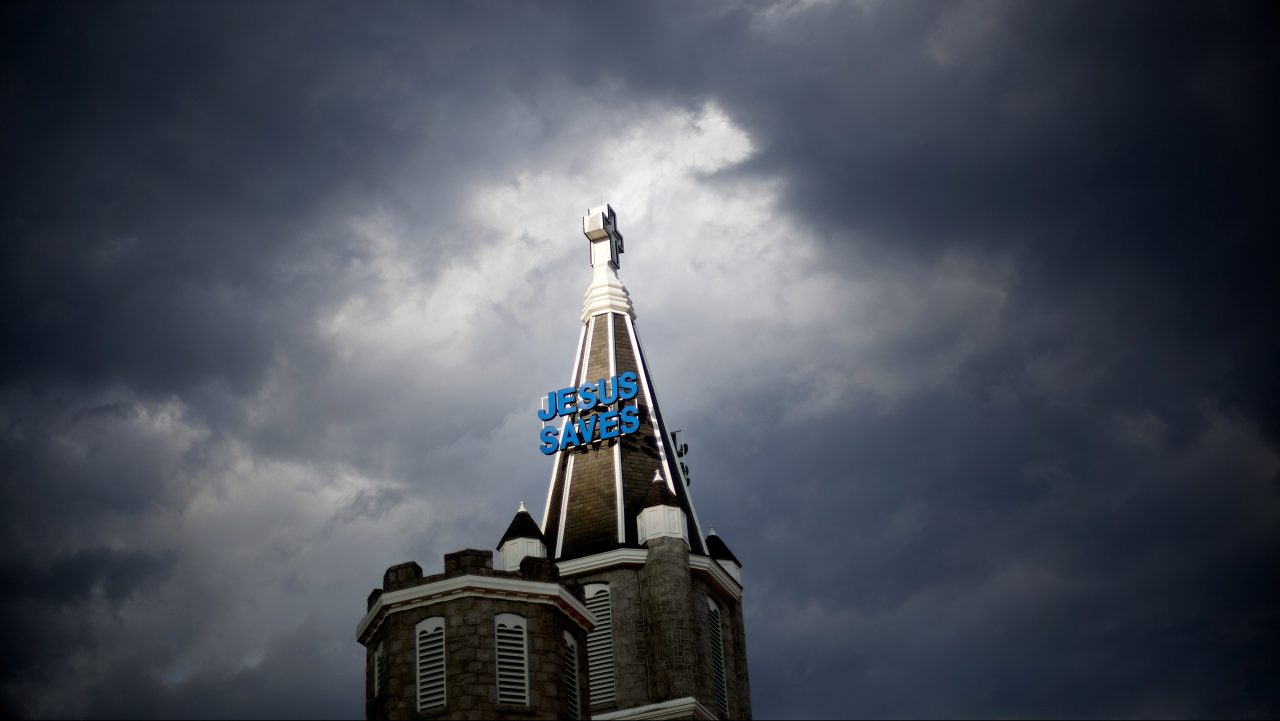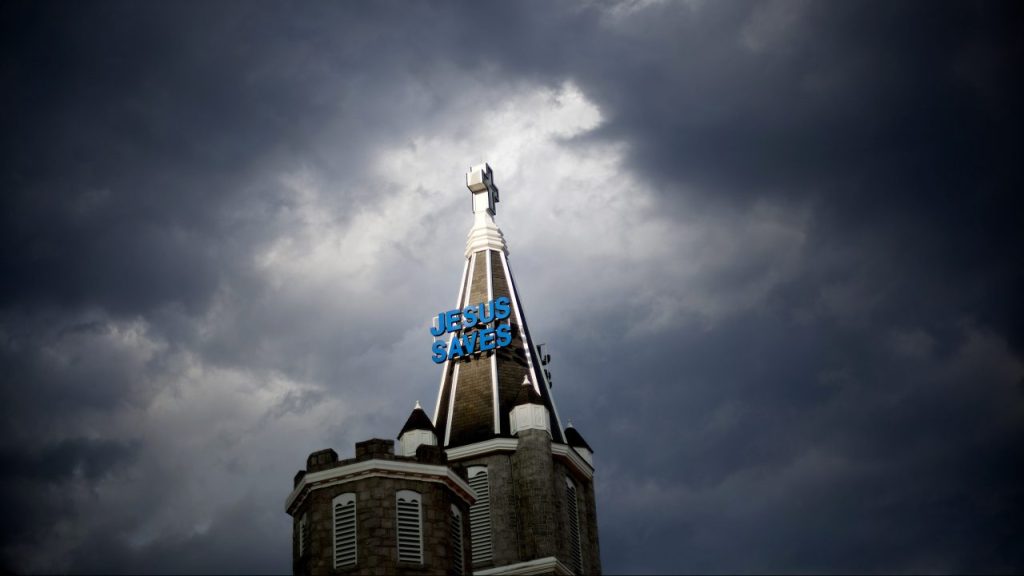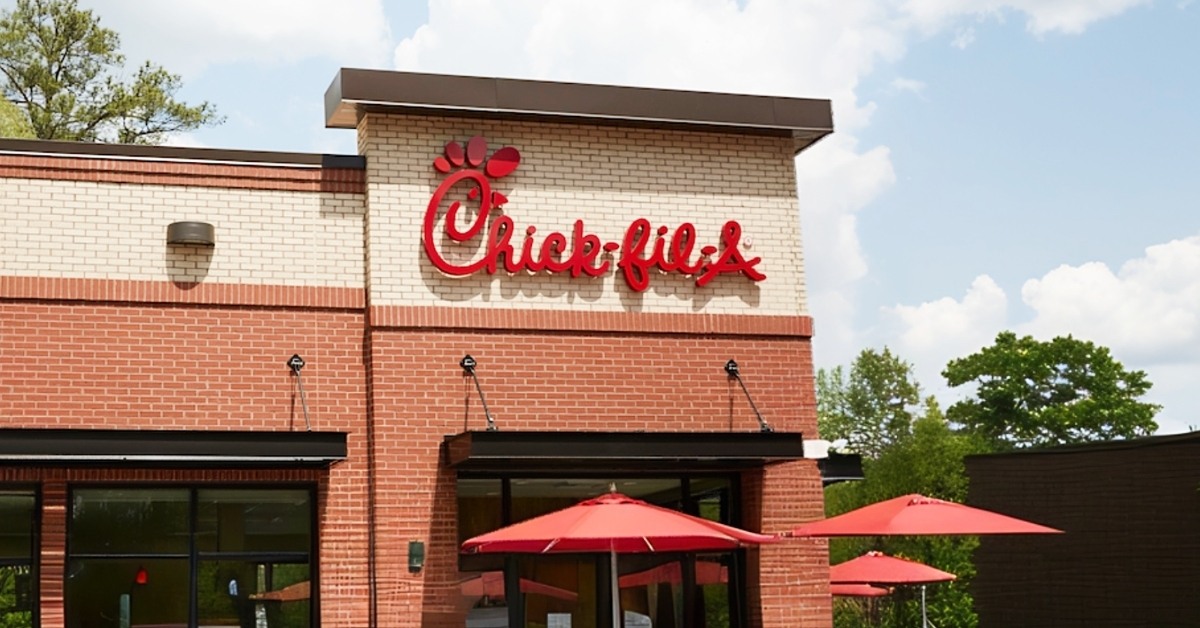Grants of up to $200K to be given to Black churches, cultural sites for preservation
Several historic Black churches served as safe havens for enslaved individuals fleeing via the Underground Railroad and hosted community and […] The post Grants of up to $200K to be given to Black churches, cultural sites for preservation appeared first on TheGrio.

Several historic Black churches served as safe havens for enslaved individuals fleeing via the Underground Railroad and hosted community and political rallies during the Jim Crow and civil rights eras.
The National Trust for Historic Preservation’s African American Cultural Heritage Action Fund is helping preserve the history seeping through the walls of several Black churches and cultural sites with a collective $4 million.
According to USA Today, the churches are among 31 projects receiving grants ranging from $50,000 to $200,000, marking the second round of funding for an initiative to preserve historic African-American sites nationwide.
It has already given $9.8 million in grants to 80 churches through its Preserving Black Churches program, an endeavor supported by Lilly Endowment Inc.

“Black churches played a significant role in American history, impacting our social, cultural, political and spiritual lives,” said the fund’s executive director Brent Leggs. “They stand as living testaments to the achievements and resiliency of generations, and their stories matter.”
Several historic Black churches were at the vanguard of American social and civic movements, serving as safe havens for enslaved individuals fleeing via the Underground Railroad before hosting community events and political rallies during the Jim Crow and civil rights eras.
The initiative offers resources and expertise to the churches, their congregations, or overseers to address issues such as mold contamination, water filtration, disregarded maintenance, and demolition threats. Leggs said some problems go beyond structure, such as declining or disappearing congregations that have left them empty and abandoned.
Leggs noted that grantees are in various states around the country, with Union Bethel AME Church in Great Falls, Montana, which started hosting regular services in 1890, among the more noteworthy awardees.
Ward Chapel AME Church in Cairo, Illinois, initially built in 1907 and rebuilt after a fire in 1918, hosted several social activists, including the late John Lewis, who led non-violent protest training in the basement.
The received funds will address weather-related damage and support the restoration of the church’s brick structure.
St. James AME, New Orleans’ oldest Black Protestant church, was prominent for Black Union soldiers during the Civil War and civil rights movement marches. The funding will allow the church to restore its historic façade, make repairs to prevent water intrusion in its upper sanctuary balcony and develop a comprehensive strategy for the sustainable reuse of the building thanks to the support from the Action Fund.
Frank Ordia, an architectural and planning instructor at the University of Nebraska–Lincoln, said the sites are a part of the American story because of their involvement in Black communities’ development and social and liberation struggles.
Oral narratives describe how the Town Clock Church in New Albany, Indiana, erected in 1852, acted as a station on the Underground Railroad, concealing fugitives from slavery using a tunnel that led to a hotel across the street. The money will help endowment growth to guarantee preservation and repair in the future.
Atlanta’s Big Bethel African Methodist Episcopal Church was established in 1847 and is the city’s oldest predominantly Black congregation. Funding for the church, which held the NAACP’s first national meeting in 1920, will support structural repairs and safety concerns due to water damage.
Experts note that preserving the structures is crucial from a national standpoint as well as a community one.
According to USA Today, preservation could also mean converting buildings into residences, workplaces, or cultural hubs while maintaining the architectural integrity of the building.
Ordia said keeping these institutions in place validates and recognizes African-Americans’ struggles and their place in American history.
“For so long, we were forced to see each other as separate or different,” said Ordia, USA Today reported. “…. We didn’t acknowledge the hurts or wrongs, and because these churches were important in propping up these communities, they’re worthy of preserving.”
Never miss a beat: Get our daily stories straight to your inbox with theGrio’s newsletter.
The post Grants of up to $200K to be given to Black churches, cultural sites for preservation appeared first on TheGrio.










![TV Trailer: ‘All The Queen’s Men’ Season 4 [Part 2]](https://150893825.v2.pressablecdn.com/wp-content/uploads/2025/06/Trailer-All-The-Queens-Men-Season-4-tgj.png)

